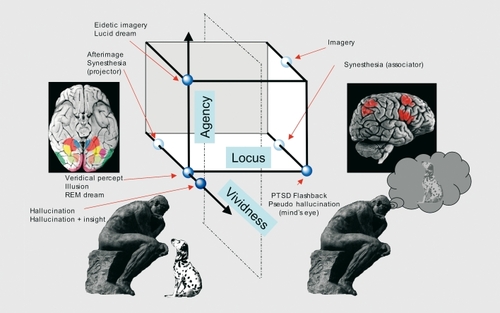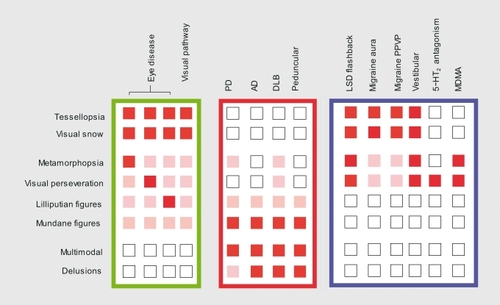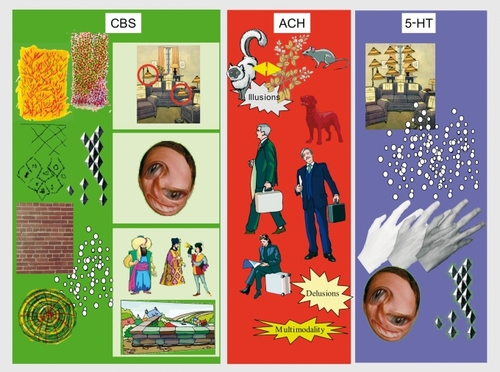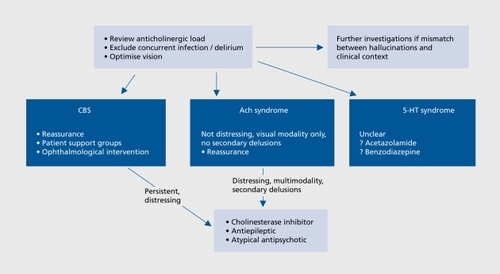Figures & data
Table I. de Morsier's classification of visual hallucinatory syndromes.
Table II. Visual hallucinatory syndromes not included by de Morsier. LSD, lysergic acid diethylamide; MDMA, 3,4-methylenedioxymethamphetamine; PTSD, post-traumatic stress disorder
Portrait of de Morsier reproduced with permission of the Centre d'iconographie Genevoise, coll. BPU University of Geneva. Photo of de Ajuriaguerra reproduced with permission of the University Hospital of Geneva. Photo of Peter Rabins reproduced with permission of Dr Rabins.
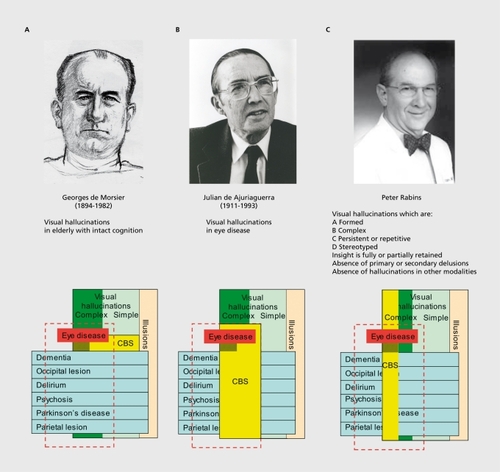
Table III. Treatment approaches. 5-HT, serotonin; CNS, central nervous system
